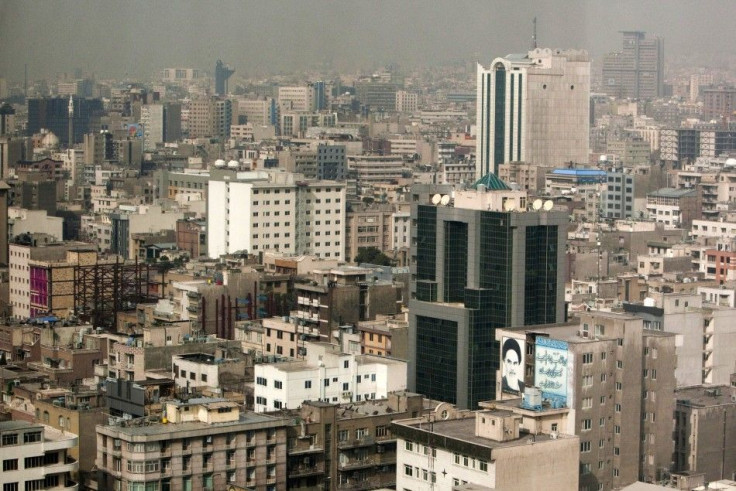Iran: Earthquake In Mourmouri Resurrects Concerns About Seismic Safety

An earthquake of magnitude 5.5 hit the small town of Mourmouri, Iran at 2:39 p.m. local time on Thursday. Mourmouri is about 300 miles southwest of Tehran, in the Ilam province near the border with Iraq.
This was a moderate quake, and the affected area was sparsely populated, according to AP. No fatalities have yet been reported, although the Mehr news agency notes that some residents ran out of their homes.
Residents of the small Ilam Province frequently experience moderate quakes, as do many Iranians and Iraqis who live along the volatile Kazerun fault zone, which marks the meeting point between the Arabian and Eurasian tectonic plates. The pressure caused by these plates striking and slipping against each other has created the Zagros mountain belt, a hilly and rocky area on the border between Iran and Iraq.
According to the Iran Seismological Center, quakes of at least a 4.0 magnitude have struck areas in and around Iran nearly every day for the past few months. However, no quake had reached a magnitude of 5.5 until today. Most registered at 4.5 or less.
For some, Thursday's quake will bring back memories of the 6.6-magnitude tremor that shook the city of Bam in 2003. Though hundreds of miles away from Mourmouri, Bam was also on the Kazerun fault zone.
Once listed on Unesco's list of World Heritage sites, many of Bam's buildings were made of mud, and most were flattened by the quake. Over 26,000 people lost their lives; even more were left injured or homeless.
The tragedy left many concerned about seismic codes for buildings in Iran, especially since the country is one of the most seismically active places on earth. Many Iranian buildings, especially those constructed before 1990, adhered to no seismic guidelines. Since the Bam earthquake, studies have been conducted to set clear guidelines for new building projects, and to address the possibility of retrofitting old structures.
Earthquakes became an issue of contention for a different reason in 2010, when a senior cleric blamed the natural disasters on women who dressed or behaved inappropriately. Females in Iran are technically required to cover themselves completely, but many younger women prefer more liberal styles of dress, such as loosely fitting head scarves and tailored garments.
Many women who do not dress modestly ... lead young men astray, corrupt their chastity and spread adultery in society, which increases earthquakes, said Hojatoleslam Kazem Sedighi, according to the Guardian.
His controversial statement was made after President Mahmoud Ahmadinejad predicted that a massive quake was due to strike Tehran. He suggested that at least five million people should leave the densely populated metropolis.
The president's forecasting was not entirely off-base. The capitol city rests on a web of fault lines, and tectonic tension may be high since a major seismic event has not occurred there in recent memory.
We cannot predict when an earthquake will happen. But if anything happens to Tehran province's 13.8 million residents, how can we manage that? said Ahmadinejad.
Since that 2010 announcement, no major tremors have hit Tehran. But today's stronger-than-average tremor in Mourmouri may remind authorities about the importance of seismic retrofitting and increased safety precautions.
© Copyright IBTimes 2024. All rights reserved.






















